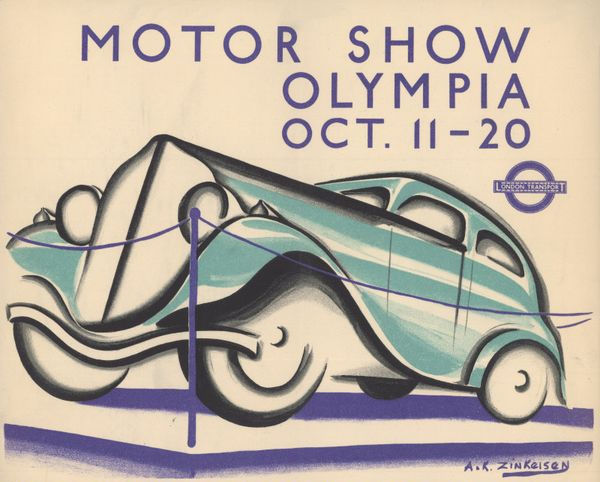Drive-In Entertainment
- Editor OGN Daily
- Sep 14, 2020
- 2 min read
A retro favourite is being re-imagined in the coronavirus era, giving us new ways to experience film, theatre and entertainment.

The drive-in theatre: It’s a nostalgic relic of America’s past that we typically only see on screen rather in real life. At least, that was the case last year. In October 2019, there were only 305 drive-in theaters in the US - and hardly any outside America.
But with the pandemic demanding us to avoid crowds in indoor spaces, the drive-in has re-emerged as a safer way for people to experience entertainment. And it’s not just America that is seeing a new wave of drive-in theatres popping up.
Across the pond, the UK now has 40 sites offering a drive-in movie experience. Including the Queen's country retreat in Norfolk which will begin hosting drive-in movies, commencing 25 September with Sam Mendes' 1917.
Further afield, Russia, Germany, and South Korea are seeing drive-in cinemas opening up, and Brazil even transformed a football stadium into a drive-in. For a really original twist, the River Seine in Paris was transformed for float-in movies in July, with little boats replacing cars.
However, it seems that the Czech capital, Prague, may have beaten the rest of Europe to the idea of hosting a multi-cultural offering. Dubbed Art Parking, the 60 day event opened on 24 April in the city centre, giving the people of Prague the opportunity to engage with culture while complying with social distancing measures. The festival featured week-night cinema screenings at an old train station, plus live theatre and music performances at the weekend.
What’s particularly interesting about this new wave of venues is the unique spaces where drive-ins are being opened. In Germany, for instance, there’s a drive-in in front of an old blast furnace plant, providing a spooky industrial ambiance. In Lithuania, an airport - unused due to canceled flights - also became a pop-up drive-in as part of a film festival.
In the Netherlands, Rotterdam’s Museum Boijmans Van Beuningen teamed up with a local convention centre to run a drive-through museum in a 10,000m2 arena. “We were confronted with this giant space, but in a car, it’s a similar scale to a human inside a museum space,” said co-curator Francesco Stocchi. “You find all sorts of imaginative solutions, and there were a number of liberating actions I could take that you usually cannot have, like blowing a video up to 11m on a billboard.”
For all the restrictions that come with living during 'you know what', it’s been fabulous to see the imaginative ways that humans come up with creative solutions, yet still respect the social distancing and safety rules.
Drive-ins as a solution to health crises is not without precedent. Before a polio vaccine became available in 1955, drive-in movie theatres in the US would sell themselves as “a great place to be flu and polio protected”. During the Sars outbreak of 2003, China saw an increase in car sales as people avoided public transport - which was mirrored by a growth in drive-in cinemas, a new concept in the country.
Original source: BBC Culture



